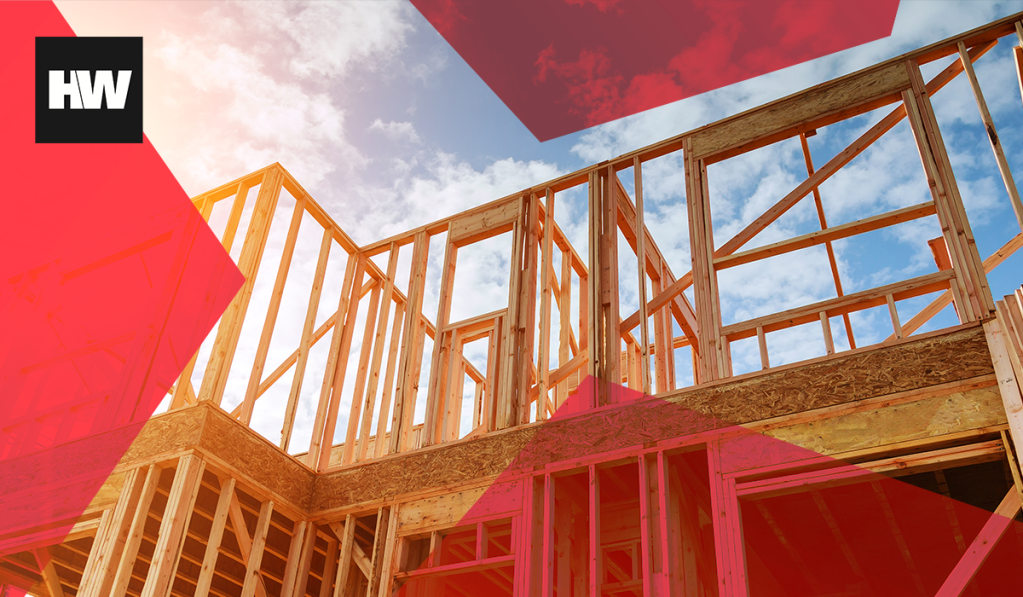The residential construction industry is facing a crisis as builders manage the critical shortage of building materials and labor. Explosive supply and labor costs are forcing long delays and leaving builders out of pocket, as the United States’ property fervor drives insatiable demand.
Many people are referring to this time as a ‘profitless boom’ for the building industry. Many builders are willing to take risks by accepting more work, even if it results in little to no profit due to the price increase of labor and materials.
The surge in demand for building materials has caused prices to spike, leaving some builders with stifling cash flow as they manage the excessive upfront costs. Builders are having to delay project start times, resulting in cost blowouts and developments not being completed.
Contractors are entering into a race to the bottom where they are trying to recover from years of under profitability by attempting to meet the increased building demand from consumers, only to realize the price of labor and materials will leave them out of pocket.
The Association of Professional Builders (APB) notes that building companies are losing thousands of dollars due to extortionate price hikes brought about by shortages and increasing demand in the construction industry, fueled by record-low interest rates and buyer ‘fear of missing out.’
Other factors that have played a role in the supply shortage include increased freight costs caused by the impacts of COVID-19, a nationwide housing shortage and unprecedented demand for new housing stock.
Suppliers are taking unfair advantage of the situation
APB members say that the support they gave suppliers through the challenging times has not been reciprocated, leaving them concerned. The latest boom has spurred hundreds of additional projects and some builders feel their suppliers are taking unfair advantage of the situation.
When supplies are low, charges inevitably go up, but not everyone feels the higher price tags are reasonable. As a result, costs are exceeding budgets by thousands of dollars. Meanwhile, a lack of availability is causing huge delays, meaning builders are struggling to stay on schedule.
In most cases, the builder will have to bear the additional cost – eroding any net profit left in the project.
Be cautious when signing fixed-price contracts
No business should be forced to press on with starting a project knowing they will be running at a loss, so we’re urging members to be cautious when signing fixed-price contracts, and to consider inserting cost escalation clauses that will protect their businesses from the rapid inflation that we are experiencing in the construction industry.
Tye Alroe, director of Alroe Constructions, was recently let down by a subcontractor who pulled out of a job at the last minute. “I had a roofer locked in six weeks in advance. On the morning of the job, he called and said he couldn’t do it — that something else had come up. Their decision to bail cost me $20,000 in one morning,” he said.
“The price increases at the moment are just out of control and it’s not just one material — it’s everything — meaning builders are hit at every turn,” said Alroe.
The builders who are desperate for cash flow will bid low for a project, not taking into account the current price increases and labor shortages, and might end up going bankrupt.
It’s taking some building companies to the breaking point after more than a year of supply shortages. But, there is light at the end of the tunnel, but it will take time for supply chains to recover.
The current situation isn’t sustainable. It’s double and triple work for builders having to constantly reschedule and chase up suppliers, then having to repeat the process when materials are still not available.
Some supplies are starting to improve, however, timber shortages are getting worse due to high demand from the U.S. where prices skyrocketed by over 300% in a six-month period.
Enter into contracts that are malleable to market prices
Professional builders who understand the current situation know only to engage in a stream of work that is manageable with their current staff or enter into flexible contracts that are malleable to the market prices of supply materials and labor.
Builders who take on too much work during the booming market, or enter into fixed-price contracts, often don’t factor in the risks associated with an upward market swing and end up paying the unforeseen costs, losing any profit that might have remained.
The APB is providing their private clients with an advanced cashflow forecasting tool so they can predict future revenue with far more certainty. Current advice is to revise these calculations on a weekly basis in order to factor in the rapidly changing costs of supplies and labor.
Russ Stephens is co-founder and business strategy specialist for the Association of Professional Builders.
This column does not necessarily reflect the opinion of HousingWire’s editorial department and its owners.
To contact the author of this story:
Russ Stephens at russstephens@apbbuilders.com
To contact the editor responsible for this story:
Sarah Wheeler at swheeler@housingwire.com







